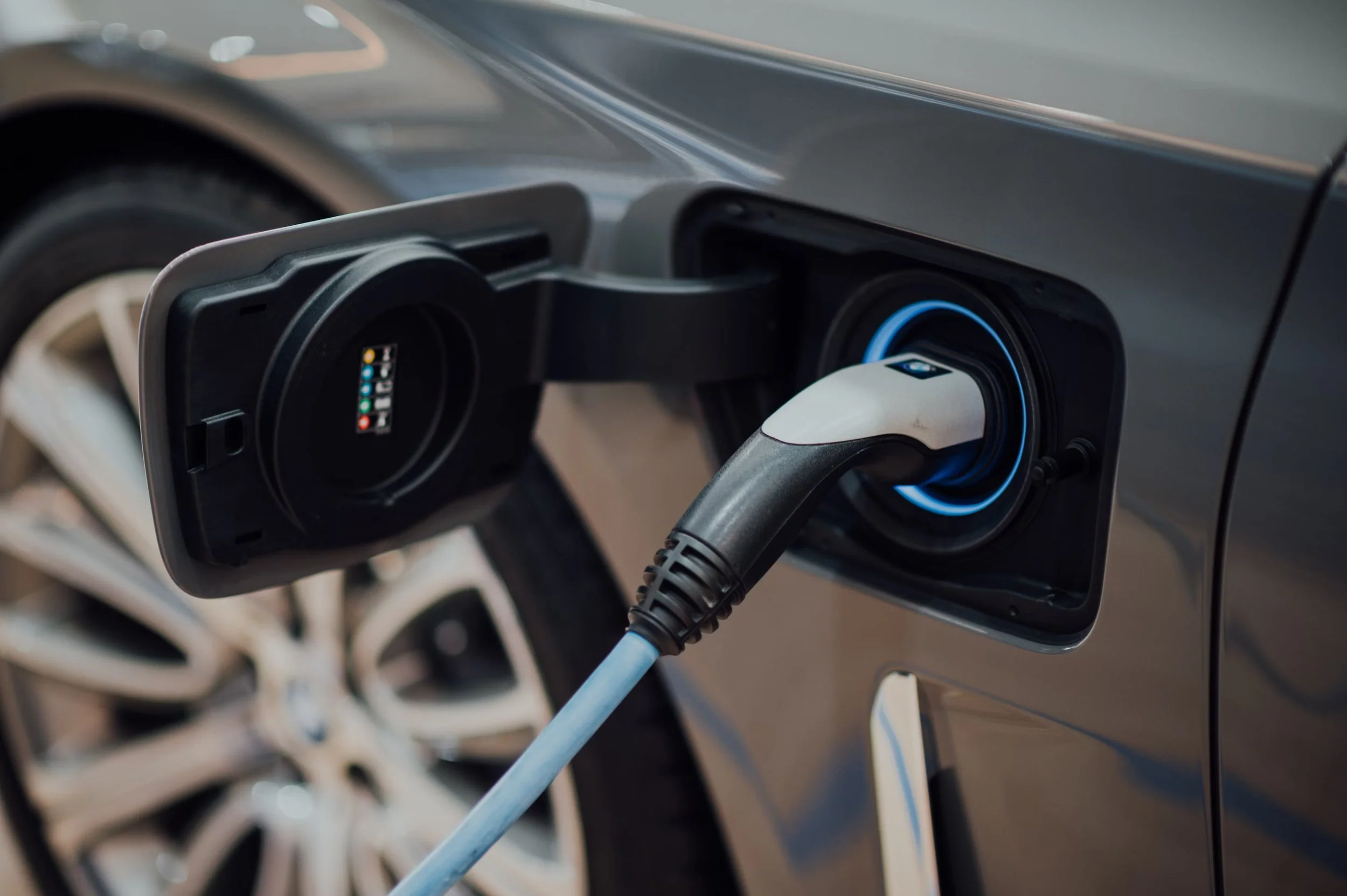by Pranav Moudgalya
Chances are, you’re reading this on a device manufactured using REMs. What are REMs, you may wonder? Well, rare earth minerals—REMs for short—refer to a group of minerals (including indium, copper, tellurium, and others) that are vital to the efficiency and functionality of the batteries and magnets used in everything from phones to electric shavers. In the context of renewable energy, REMs are essential in the manufacturing of powerful generators for wind technology and solar panels. So, suffice it to say, REMs are pretty darn important for a renewable, electric future.
However, contrary to what the name might suggest, REMs are not that rare. Shocking, I know. The reason for the misleading moniker is that while REMs are not rare in their occurrence (they exist abundantly in many places globally), extracting the mineral from the ore is a difficult and costly process. Moreover, current geopolitical and economic tensions have strained the open distribution of and access to these key materials.
Over the last two decades, the mining of REMs has grown, but not without consequence. Both primary methods of mining REMs—removing the top layer of soil to create a leaching pond for extracted metals and drilling using a material called ‘polyvinyl chloride,’ something Greenpeace once called “The Poison Plastic”—have major environmental consequences. These methods are responsible for producing large amounts of toxic waste with negative health impacts. Additionally, the REM mining process produces large quantities of waste gas, wastewater, and radioactive sludge, all of which can contaminate the air, water, and soil near the mining site. If that’s not bad enough, mining in some locations has been linked to human rights and labor abuses, including child labor.
So, are we doomed? Will a transition to a clean, electric future only worsen the environmental challenges we presently face? Thankfully, no. For one, additional carbon pollution from increased REM mining to support a clean energy transition will be largely offset by a tremendous decrease in carbon pollution from reduced fossil fuel usage. And new research is focusing on cleaner methods of extraction; one method developed at Harvard University involves using bacteria to separate metals from each other. Most importantly, REMs can be recycled, and we are already seeing recycled REMs becoming more mainstream. In fact, Apple’s iPhone 13 is made of 98 percent reused REMs!
We cannot escape a reality where REMs are used. To make clean energy widespread, global markets will need to use the remarkable physical properties of REMs to increase the adoption and usage of renewable energy. However, we can collectively educate ourselves about the process of REM mining, how it impacts global environments, and, by extension, the people who inhabit these environments. By choosing products that are more ethically sound and sustainably produced, we have the opportunity to collectively push for a future where REMs are used in a more conscious, and responsible manner. Comment below if you know of other companies using recycled or ethically-sourced rare earth metals!



